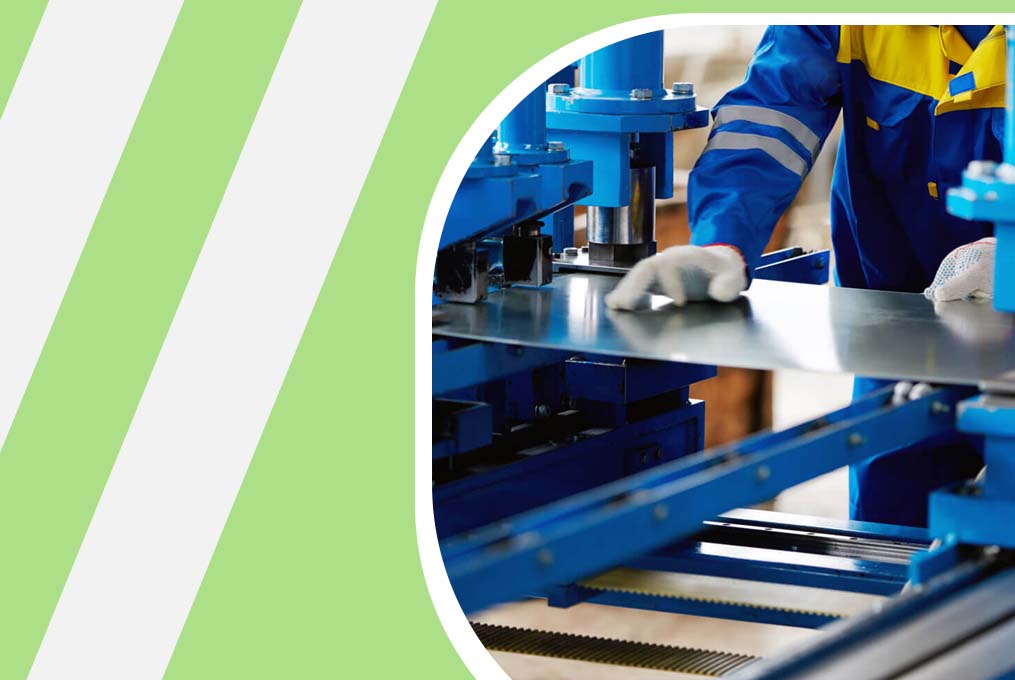The Advantages of Different Surface Finishing Techniques in Sheet Metal Fabrication

Sheet metal fabrication is an essential process in manufacturing, used to create many everyday items from cars to kitchen appliances. One key part of this process is surface finishing, which not only makes the metal look good but also protects it and improves its performance. Let's explore the advantages of different surface finishing techniques in sheet metal fabrication.
Powder Coating
Powder coating is a popular finishing technique where dry powder is applied to the metal surface and then heated to form a tough coating.
Durability: Powder coating provides excellent protection against scratches, chipping, and corrosion, making the metal last longer.
Variety: You can choose from a wide range of colors and finishes to suit your preferences and design needs.
Environmentally Friendly: Unlike traditional liquid paints, powder coating produces little to no volatile organic compounds (VOCs), reducing environmental impact.
Anodizing
Anodizing is an electrochemical process that forms a protective oxide layer on the metal surface, often used with aluminum.
Corrosion Resistance: Anodized metal is more resistant to corrosion, making it ideal for outdoor or corrosive environments.
Color Options: Anodizing can produce various colors and finishes, adding aesthetic appeal without compromising the metal's properties.
Electrical Insulation: Anodized surfaces provide electrical insulation, useful in electronic applications.
Electroplating
Electroplating involves depositing a layer of metal onto the surface of another metal through an electrochemical process.
Enhanced Appearance: Electroplating can give metals a shiny, decorative finish, improving their appearance.
Corrosion Protection: The plated layer acts as a barrier, protecting the metal underneath from corrosion and wear and tear.
Customization: Electroplating allows different metals and finishes, giving flexibility in design and function.
Galvanizing
Galvanizing involves coating the metal with a layer of zinc to protect it from corrosion.
Corrosion Resistance: Zinc coating acts as a sacrificial layer, corroding instead of the underlying metal, thus extending its lifespan.
Cost-Effective: Galvanizing is a cost-effective way to protect large surfaces or structures from corrosion.
Low Maintenance: Once galvanized, the metal requires minimal maintenance, reducing long-term costs.
Brushing and Polishing
Brushing and polishing techniques involve mechanically altering the metal surface to create a desired finish.
Smooth Surface: Brushing and polishing create a smooth, uniform surface, enhancing the metal's appearance.
Surface Preparation: These techniques prepare the metal for further finishing processes or applications, such as painting or plating.
Custom Finishes: By varying the brushing or polishing techniques, you can achieve different textures and finishes, adding uniqueness to the product.
Final Thoughts!
Surface finishing is a critical step in sheet metal fabrication, providing numerous benefits beyond aesthetics. Whether it's protecting against corrosion, improving durability, or providing decorative options, choosing the right finishing technique can significantly impact the performance and longevity of the metal products we use every day.